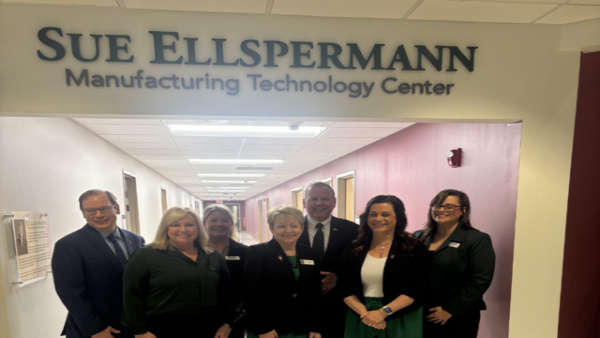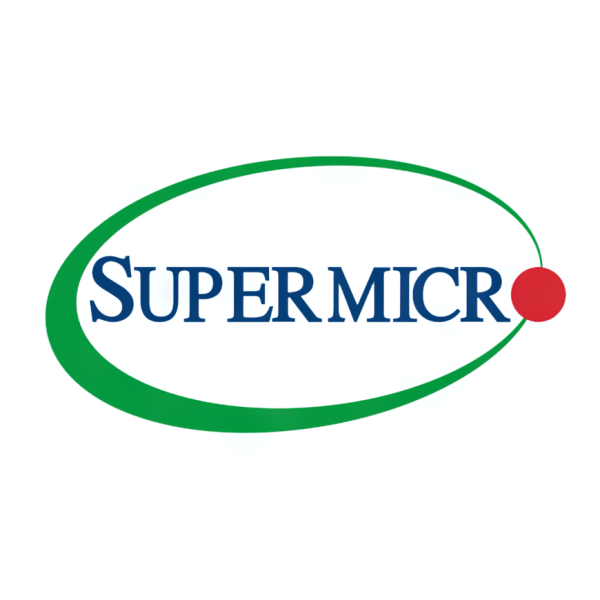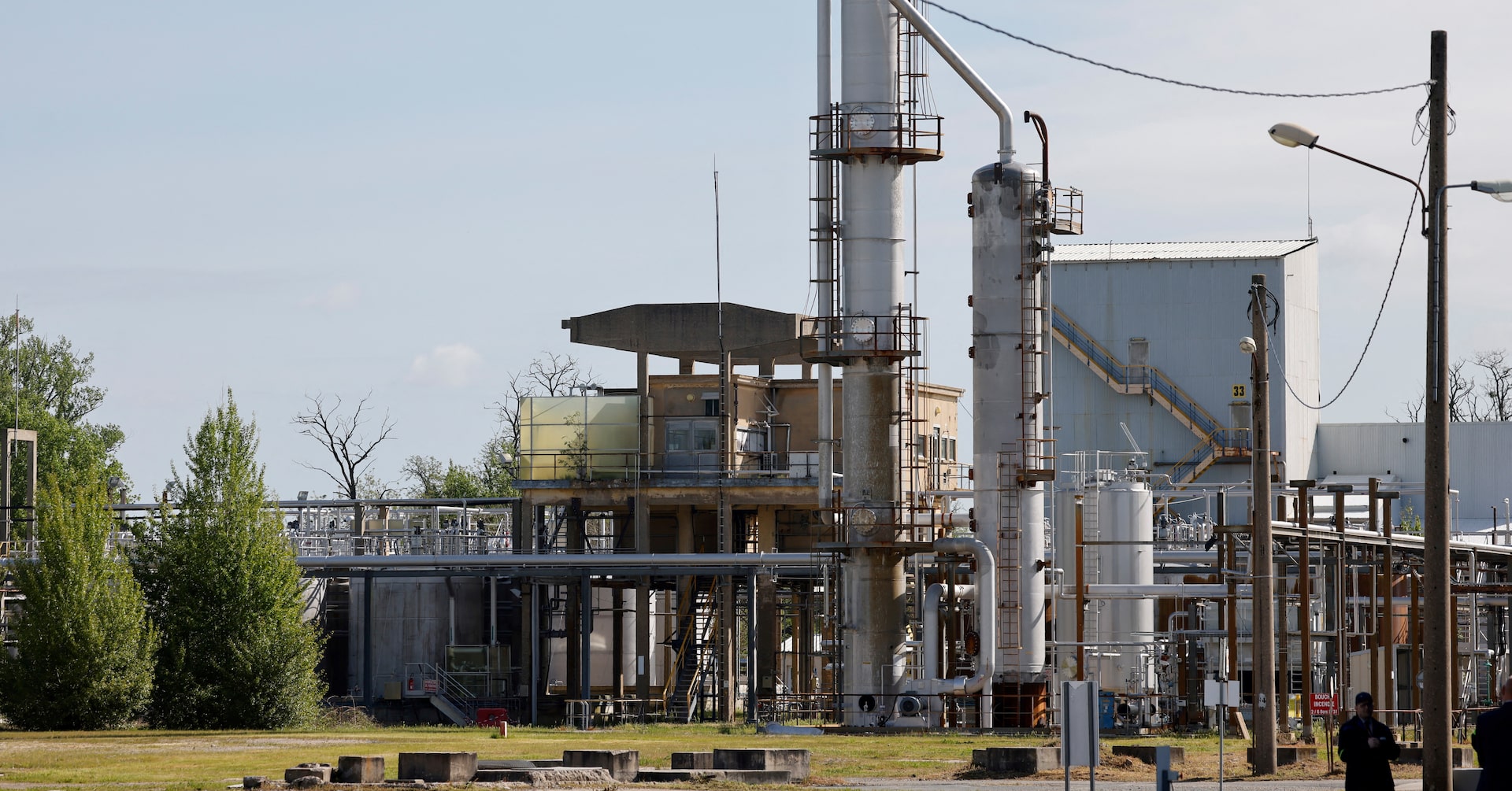Metal Meets Mind: The Rise of Humanoid Workers Transforming Factory Floors
Manufacturing
2025-04-08 08:00:00Content
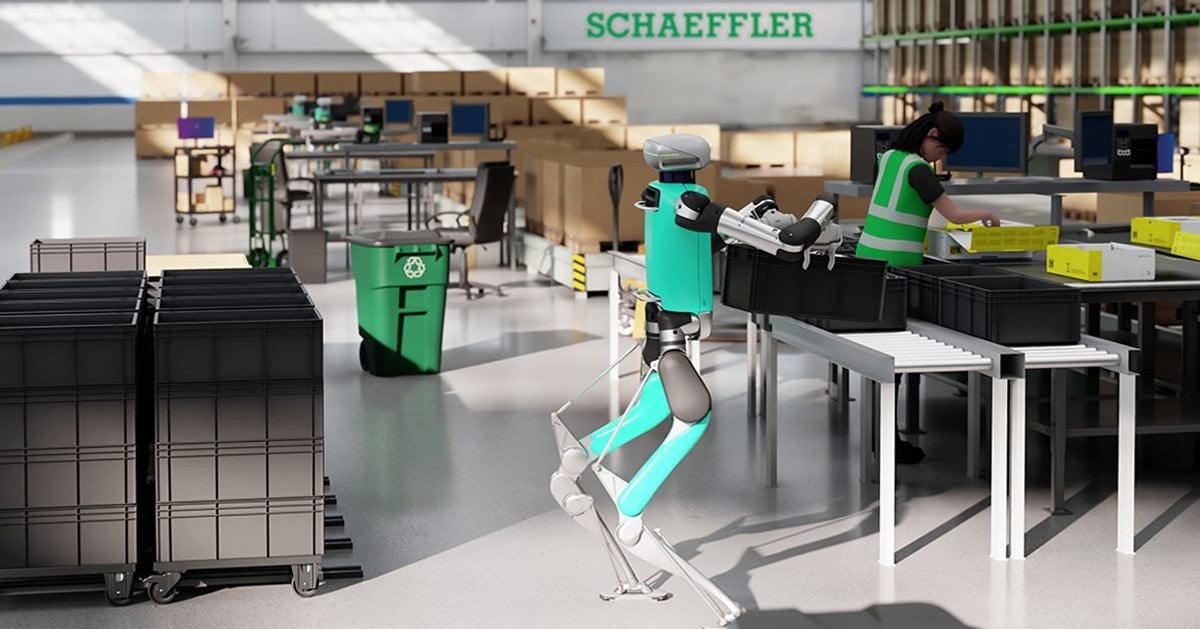
In a groundbreaking collaboration, tech giants Accenture, Schaeffler, Nvidia, and Microsoft are revolutionizing the manufacturing landscape by seamlessly integrating humanoid robots and digital twin technologies. This innovative approach is set to transform traditional workflows, placing human capabilities and efficiency at the forefront of industrial innovation.
By leveraging advanced robotics and sophisticated digital simulation technologies, these industry leaders are creating a new paradigm of smart manufacturing. Humanoid robots are being designed to work alongside human workers, enhancing productivity and precision while digital twins provide real-time insights and predictive capabilities that optimize operational performance.
The synergy between cutting-edge technology and human expertise promises to unlock unprecedented levels of efficiency, safety, and adaptability in manufacturing environments. This human-centered approach represents a significant leap forward in how technology can augment and support human potential in industrial settings.
Revolutionizing Manufacturing: The AI-Powered Robotic Transformation Reshaping Industrial Workflows
In the rapidly evolving landscape of technological innovation, global technology leaders are pioneering a groundbreaking approach to manufacturing that seamlessly blends human creativity with cutting-edge artificial intelligence and robotic technologies. This transformative journey is redefining traditional industrial paradigms, creating unprecedented opportunities for efficiency, precision, and collaborative potential.Where Human Ingenuity Meets Robotic Precision: The Future of Industrial Excellence
The Digital Twin Revolution: Bridging Physical and Virtual Manufacturing Realms
Digital twin technology represents a quantum leap in industrial design and operational strategy. By creating hyper-realistic virtual replicas of physical manufacturing environments, companies like Nvidia and Microsoft are enabling unprecedented levels of simulation and predictive analysis. These sophisticated digital models allow engineers to test complex scenarios, optimize workflows, and anticipate potential challenges before they manifest in real-world settings. The intricate process involves capturing granular data points from physical systems, translating them into complex algorithmic representations that can be manipulated, analyzed, and refined in virtual spaces. This approach dramatically reduces development costs, minimizes potential risks, and accelerates innovation cycles across multiple industrial sectors.Humanoid Robotics: Redefining Collaborative Manufacturing Ecosystems
Accenture and Schaeffler are at the forefront of developing humanoid robotic systems that transcend traditional automation paradigms. These advanced robots are designed not as replacements for human workers, but as intelligent collaborative partners that augment human capabilities and enhance overall productivity. Modern humanoid robots incorporate sophisticated machine learning algorithms and sensory feedback mechanisms, allowing them to adapt dynamically to complex manufacturing environments. Their ability to perform intricate tasks with remarkable precision while maintaining human-like flexibility represents a significant technological breakthrough in industrial robotics.Artificial Intelligence: The Intelligent Nervous System of Modern Manufacturing
Machine learning and artificial intelligence are transforming manufacturing from a rigid, process-driven domain into an adaptive, intelligent ecosystem. By integrating advanced neural networks and predictive analytics, companies can now create manufacturing systems that learn, evolve, and optimize themselves in real-time. These intelligent systems analyze massive datasets, identifying subtle patterns and potential inefficiencies that human observers might overlook. The result is a manufacturing environment that continuously improves its own performance, reducing waste, enhancing quality control, and driving unprecedented levels of operational excellence.Ethical and Economic Implications of Robotic Integration
The widespread adoption of advanced robotic technologies raises critical questions about workforce dynamics and economic transformation. While some fear potential job displacement, forward-thinking organizations view these technologies as opportunities for workforce upskilling and creating more engaging, creative roles for human workers. By automating repetitive and physically demanding tasks, humanoid robots enable human workers to focus on higher-value activities that require creativity, strategic thinking, and emotional intelligence. This symbiotic relationship between human expertise and robotic precision represents a nuanced approach to technological integration.Global Technological Convergence: A New Industrial Paradigm
The collaborative efforts of technology giants like Accenture, Schaeffler, Nvidia, and Microsoft demonstrate a remarkable convergence of expertise. By breaking down traditional technological silos, these organizations are creating holistic solutions that transcend individual corporate boundaries. This collaborative approach accelerates technological innovation, allowing for rapid knowledge exchange and the development of more sophisticated, interconnected manufacturing ecosystems. The result is a global industrial landscape that is more adaptive, efficient, and responsive to emerging technological challenges.RELATED NEWS
Manufacturing

End of an Era: Alabama Factory Shutters After Nearly Half-Century, 200 Workers Face Uncertain Future
2025-04-14 08:55:57
Manufacturing
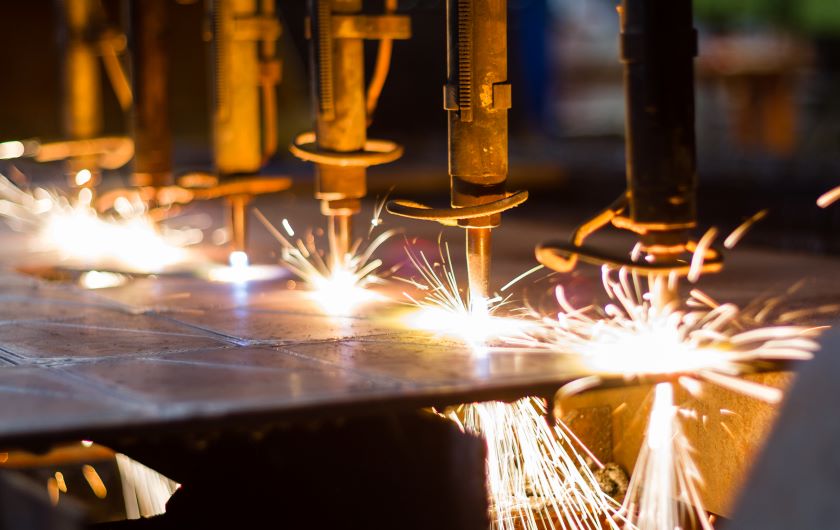
Manufacturing's Future Unveiled: Free Summit Tackles Workforce Challenges and Supply Chain Transformation
2025-04-25 15:45:39
Manufacturing
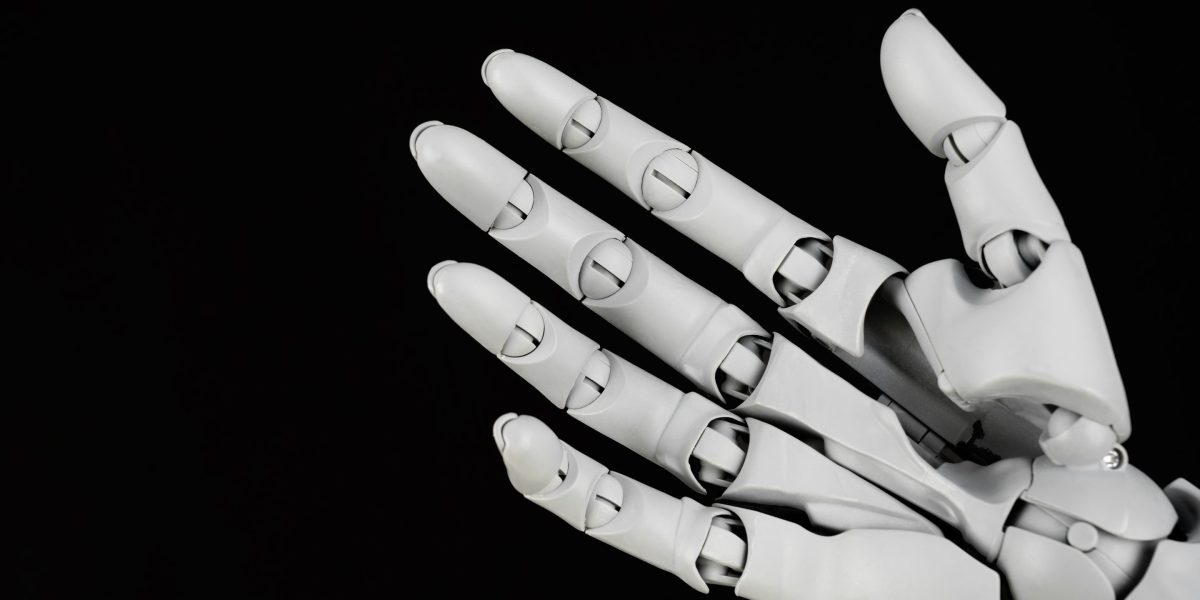
Robots, AI, and the American Factory: How Automation Might Rescue U.S. Manufacturing
2025-04-16 15:03:57
